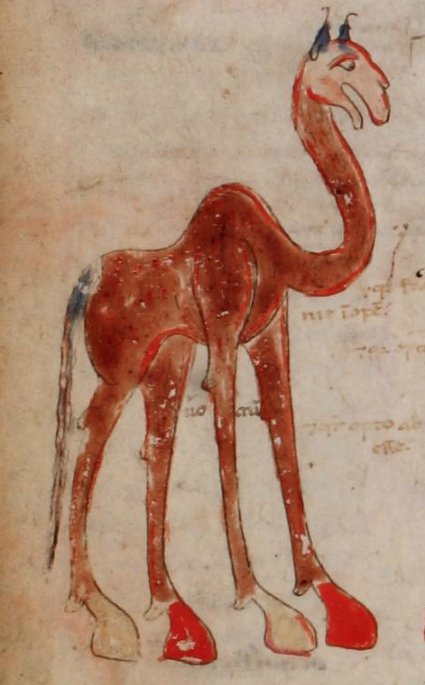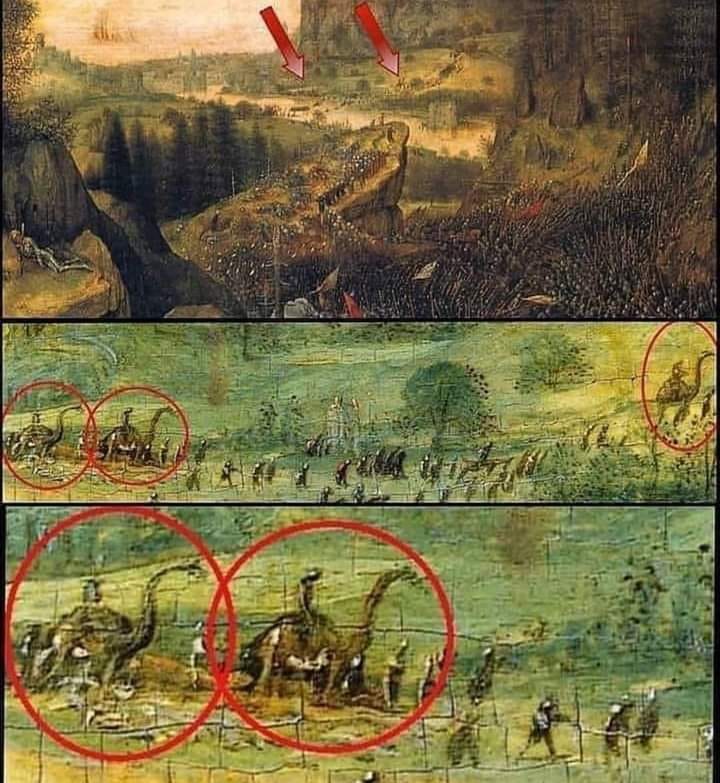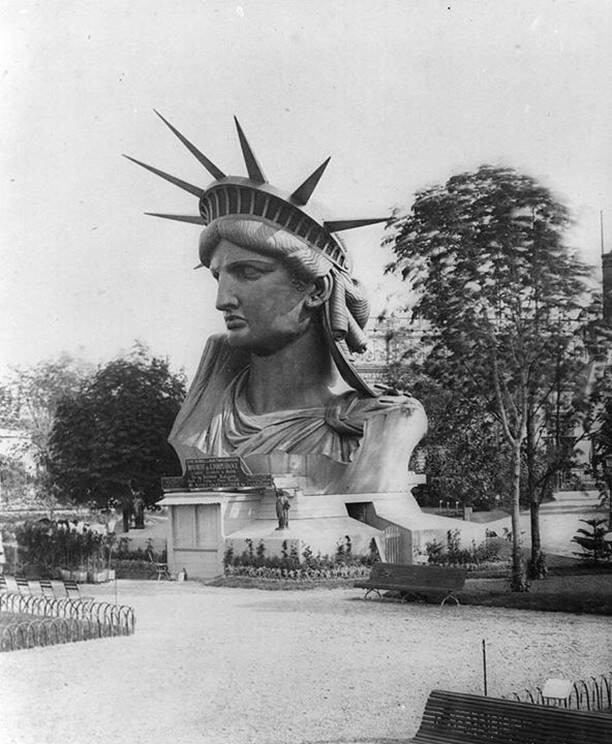AC. The Myth of Dinosaurs and Humans Coexisting: What the 1562 Painting Really Shows
The Fascinating Internet Theory
In the world of internet speculation, sometimes the lines between fact and fantasy can get a bit blurry. Recently, a theory has circulated that an old painting from 1562 could prove that humans and dinosaurs walked the Earth together, around 500 years ago. Yes, you read that right—some internet users believe this painting could be evidence of time travel, or more specifically, proof that humans coexisted with dinosaurs, much like in The Flintstones. But before you start getting excited about time machines and prehistoric rides, let’s take a closer look at what the painting actually depicts—and why this theory is more fiction than fact.

The Theory: Dinosaurs in a 16th-Century Painting?
The painting that has stirred all the excitement is often misattributed to an artist named “Peter·Bruce Gale,” with social media accounts like historyunreal claiming it shows a depiction of dinosaurs, despite the fact that the artwork dates back to 1562—long before the scientific discovery of dinosaurs. The post suggests that because we supposedly didn’t know about dinosaurs at the time, this piece must somehow be evidence of people having ridden dinosaurs just like the characters in The Flintstones.
The theory gained traction as many people seemed fascinated by the idea of time travel being hidden in plain sight in an old artwork. But let’s take a step back and examine the painting and its true origins.
The Artist and the Painting’s Real Story

The painting in question, titled The Suicide of Saul, was created by the Flemish Renaissance artist Pieter Bruegel the Elder. It depicts a scene from the Bible where King Saul, after being defeated by the Philistines on Mount Gilboa, falls on his own sword in despair. The work is a tragic and dramatic representation of a moment from the Old Testament, and nowhere in the scene do we find dinosaurs. Instead, Bruegel’s portrayal of the biblical events is rich with symbolism and detailed, showing a variety of figures in the background and foreground, but none that resemble the towering creatures of prehistoric times.
What’s more, the idea that Bruegel included dinosaurs in the painting would have been an odd choice, considering that the main focus of the painting is the tragic death of Saul, not random creatures. If dinosaurs were actually present at that time, the artist probably would have made them the focal point of the composition, given their immense size and impact.
The Mystery of the Creatures in the Background
So, if there are no dinosaurs in the painting, what exactly is going on with the creatures depicted in the background? As it turns out, these “dinosaurs” are likely misidentified camels. During Bruegel’s time, European artists were often tasked with painting animals they had never actually seen. Camels, being native to regions far outside Europe, were not familiar to many European artists. As a result, they were often drawn with exaggerated features or in ways that didn’t accurately represent their true forms.
Bruegel, in his painting, likely attempted to show camels in the background, as camels are mentioned in the Bible in reference to King Saul’s time. The artist’s interpretation of camels, however, could have been influenced by second-hand accounts or other sources of information. These unfamiliar creatures ended up looking a bit more like the long-necked dinosaurs many associate with Brachiosaurus, causing some viewers to make the leap from misidentified camels to misinterpreted dinosaurs.
The Role of Myth and Misinterpretation

The idea that dinosaurs once roamed the Earth with humans is a popular subject in conspiracy theories and pseudoscience. But the evidence for such a claim is nonexistent. Dinosaurs went extinct millions of years ago, long before humans evolved. The fascination with ancient creatures like dinosaurs in mythology, folklore, and even art is part of a broader human curiosity about the past and our connection to the world before us. Ancient stories, religious texts, and artistic interpretations often blended elements of real and imagined creatures, which explains the occasional presence of strange beasts in early art.
In the case of The Suicide of Saul, what’s likely happening is a simple case of artistic misinterpretation. Bruegel’s painting features a mix of human figures and animals, and the artist’s attempt to depict camels turned out to look, to modern eyes, like prehistoric creatures. However, the suggestion that this is proof of human-dinosaur coexistence is simply not supported by historical facts or science.
Conclusion: What We Can Learn From This “Discovery”
While the idea that dinosaurs and humans coexisted might make for an interesting story or an imaginative plot in a TV show, the evidence doesn’t support this theory in real life. The true story behind Bruegel’s 1562 painting is one of biblical tragedy, artistic interpretation, and a misunderstanding of exotic animals. It’s not a hidden message about time travel or proof of prehistory, but rather a fascinating example of how art and history can sometimes be misinterpreted in the modern age.
This situation serves as a reminder that, while it’s fun to explore new theories and mysteries, we must always approach them with a healthy dose of skepticism and a commitment to understanding the real history behind the stories we encounter. After all, sometimes the most interesting discoveries are the ones we make by understanding the context of a time and place, rather than jumping to conclusions based on modern-day interpretations.
By taking a closer look at the facts and understanding the historical context of the artwork, we can better appreciate the genius of artists like Pieter Bruegel and the rich world of Renaissance art. While the theory of dinosaurs and humans coexisting is an entertaining thought experiment, it’s important to remember that history—and the art we look to for understanding it—requires careful study and critical thinking.













